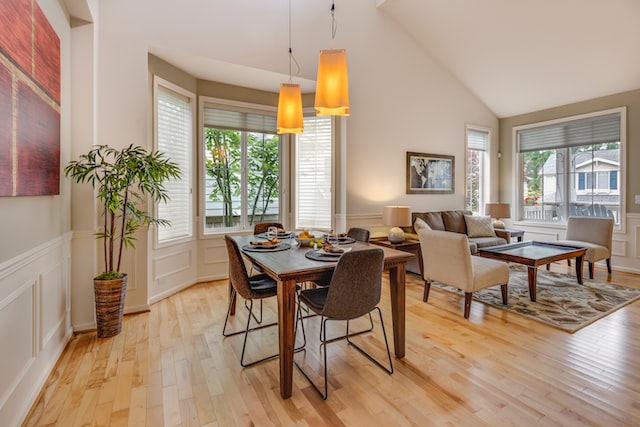Outdoor living spaces can take on many forms. From the traditional to the modern and everything in between, there are endless choices for your outdoor spaces and you will find that many of these options differ from homeowner to homeowner. The perfect outdoor living space is a balance of style, functionality and comfort. When it comes to designing luxury outdoor living spaces, we believe that the best approach is to start with an understanding of your lifestyle.
Designing the best outdoor living spaces is all about making the most of your space. Your outdoor living space can be an extension of your indoor living space, or it can be an entirely new and unique environment away from the hustle and bustle of your home. This article will share with you some useful tips about designing an outdoor living area that meets your needs.
Whether you have a small backyard or a large backyard, there are many ways to create an outdoor living space that meets your needs. Here are some tips for designing an enclosed outdoor living space that suits your lifestyle:
To create a welcoming atmosphere to your outdoor living area, it’s important to make sure that it has one main focal point. A fireplace, a dining table, chairs, or even a swimming pool all make excellent focal points for outdoor spaces.
Choose durable materials for your outdoor furniture. Outdoor furniture should be made from high-quality materials such as teak wood or aluminium frames that will last for years without needing any maintenance or repairs. These materials also allow you to paint or stain them so they match other parts of your home decor better than cheap plastic furniture would do.
Add colour to your space with plants or flowers. You can add colour by placing potted plants around your patio table or garden bench seating area; these plants add instant beauty and create privacy at the same time! Use plants that can survive in your region. If you live in a cold climate, try using evergreens such as pine, spruce, or birch. If you live in a hot climate, consider using deciduous trees such as oak, elm, or maple.
Consider the type of lighting you have in your home and how it impacts the area around it. For example, if there are lots of windows in a room with natural light, put lights away from them so they don’t cast shadows on the wall behind them.
The best way to design outdoor living space is by keeping in mind the existing landscape around it. If there aren’t many trees around, try using that fact as inspiration for your design ideas. If there are plenty of trees around, look at how they can be incorporated into it – perhaps by using them as a backdrop for chairs or tables, or even simply by letting them provide shade during the hottest part of the day.
Another important thing to consider when you are designing your outdoor living space is how you will use it. Where will the furniture be, and what kind of lighting will be best for reading, relaxing, or entertaining? You may want to have a table and chairs in your garden for eating, or perhaps a large patio set for enjoying your meals outside.
You can create an outdoor kitchen by adding a grill and stove top on a fold-out table. You can also add a sink and refrigerator to keep food and drinks cold while you’re cooking. If you want to be able to entertain guests, try having a barbeque area with seating around it.
To wrap it all up
It’s important to consider all aspects before designing an outdoor space. If all you’re planning for is a small deck or balcony, this may not be an issue. But if you’re looking to add a patio or a larger framework for outdoor living, you’ll want to make sure you think about how the different parts will be used, who will use them, and how they can be designed to enhance that experience.
Once you’ve settled on what your goals are, then it’s time to start exploring different styles and designs that could meet those needs. You might find outdoor room designs on Pinterest, Craigslist, or architectural sites; or maybe you’ll just observe what others in your neighbourhood have done. But ultimately, designing an outdoor living space is about understanding what you want and how to get there—and a little bit of research will go a long way.


